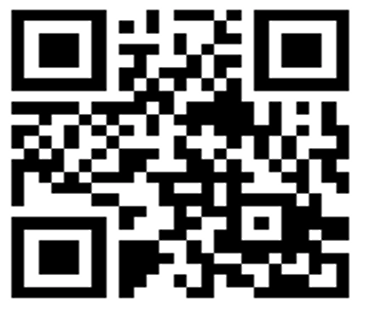Copyright ©2024 · ZenFires Digital Marketing
Quick Response codes have been around since 1994 (1994! invented in Japan for labeling auto parts). They are 2D scanning codes for marketing usage. They aren’t just a fading trend – there are still a lot of advantages to them, such as:

In the early days of smartphones, the QR code was popular as something to do on mobile, but usage declined because they required users to download a QR code app and then scan the code, which led to mostly non-mobile web pages (poor user experience). They were used in mostly poorly conceived marketing campaigns with no real user incentive and no real benefit, and didn’t send users to strategic landing pages. However QR codes have been bouncing back and 2022 is projected to see 5.3B QR coupons redeemed (according to Juniper Research). Here are some good examples of QR code use:
These are just some of the advantages to using QR codes for marketing. Don’t forget about or count them out!
Thanks for reading! – Jake Aull
Copyright ©2024 · ZenFires Digital Marketing